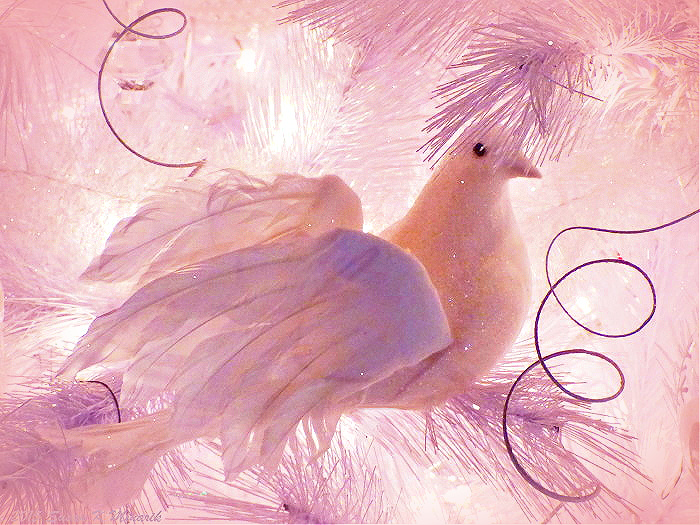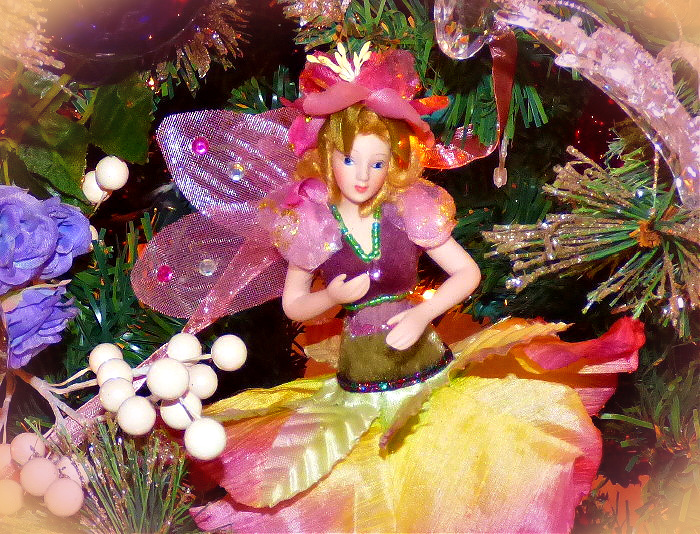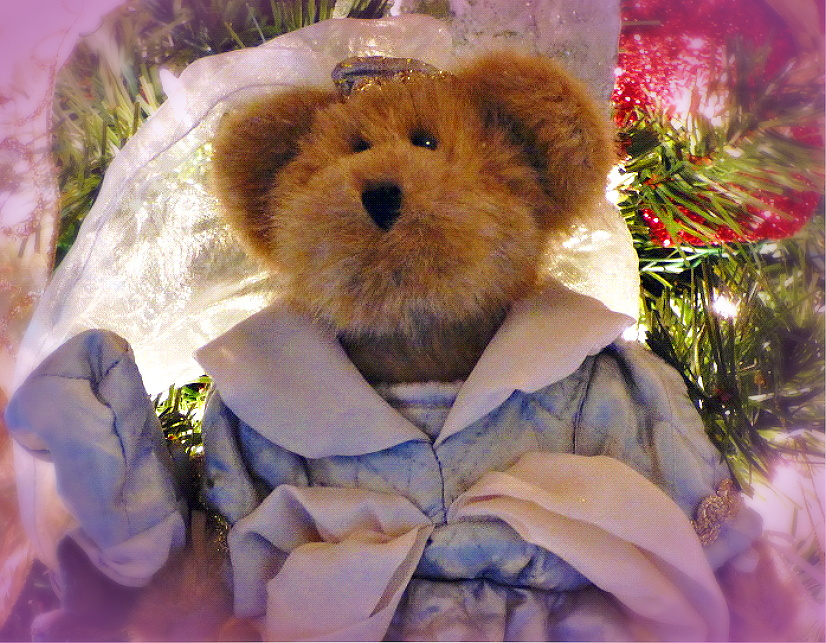
“Wow! It skips!” the bear said when he saw Little Pine coming down the trail.
“Hi, Mr. Bear! I’m Little Pine. Welcome to the Festival!” Little Pine said.
“You move! I mean, you don’t just bend in the wind. I saw you skipping right down the trail!” the bear said.
“Well, don’t tell any humans! Only their children know, and by the time they grow up, they think they made it up. We work hard to keep it that way. They can be unpredictable, those human grown-ups, you know. Our number one rule is never to let them see us move—except, as you said, to let our branches dance in the wind.”
The bear blinked and then smiled. “Oh my! Where are my manners! Thank you for your welcome. I’m Tuffy, a healing bear. And I’m delighted to be here for your Festival season.
“I totally understand about the humans, by the way. My kind has the same rule, and only the wee ones know that we’re alive. The big ones think we’re toys.”
“What do you mean when you say you’re a healing bear?” Little Pine said. “And where did you get that big apple?”
Tuffy Bear laughed. He liked this little tree. “Well,” he said, “all bears have healing power. A hug from a bear can do wonders to soothe anything that ails you. That’s because we’re all made with love. But some bears have special healing powers. We get to go to humans’ hospitals and are given as gifts to people of all ages who are sick or injured and scared. We let them know that they are loved, and that everything will be okay, no matter what. We whisper comforting stories in their ears when they sleep so they will have sweet dreams.
“Of course we help all kinds of critters; not just the humans. Wherever there’s hurting, we’re at work.
“I brought this big apple from my special supply. It’s a tradition among healing bears to give them to those who have recovered their health. We tell them ‘an apple a day keeps the doctor away.’ They’re always happy to hear that and pay us back with hugs and smiles. This one is going to be my Festival gift. But I brought a whole sack of them with me. You never know when somebody is going to need a healing bear, after all. I wanted to be ready.”
“That’s a wonderful talent you have,” Little Pine said. “Grandmother Bear told me that my special gift is Friendship, and I am proud to have you as my new friend.”
“Oh, you’ve met Grandmother Bear, then. Do you happen to know where I can find her? I want to let her know that I’m here,” Tuffy said.
“Sure. See that path down by the pond? Follow it to its end. It will lead you to our Grandfather Pine’s area where all the visiting bears are staying. Grandmother Bear will be there. She’s greeting all the bears and helping them settle in. My mother told me that she’d heard quite a few have arrived now, and that they’re having great fun.
“I’d go with you, Tuffy, but I think Mother Elf and the Gingermans need my help this morning. Maybe I’ll stop by this afternoon and see how you’re doing.
“Oh, and before you go, here’s a little welcome present,” said Little Pine, reaching in his pocket for a fun bubble.
Tuffy looked at it with big eyes. It was wiggly and shimmering and so very pretty. “Why, thank you! What is it?”
“Take it! You’ll see!” giggled Little Pine.
And when Tuffy took the bubble it burst into an enormous shower of apple blossoms that filled the air with music and a wonderful perfume. And whenever they landed on Tuffy, they turned into kisses, and sang ‘Thank you! Thank you!’ making Tuffy so happy that he almost cried.
“Have a beautiful day, Tuffy,” Little Pine said, touched by the sight and turning down the trail to the Elf house. “And if you see Sugar Bear, tell her I said hello!”








